 STOCK PHOTO | Image from Freepik
STOCK PHOTO | Image from FreepikThe recent flood-control scandal in the Department of Public Works and Highways (DPWH) is a painful reminder of how corruption in public procurement continues to cost lives and livelihoods. Funds meant to protect vulnerable communities from flooding were allegedly lost to ghost projects, padded bids, and questionable contractors. Instead of drainage systems and flood barriers, Filipinos are left with headlines of collusion and waste.
This is not a new story. The Philippines has struggled for decades with leakages in procurement, whether in infrastructure, education, or health projects. Paper trails are easily manipulated. Oversight is often too slow, too weak, or too compromised to prevent corruption in real time. The result is the same: billions of pesos intended for public service never reach their rightful destination.
Blockchain offers a solution. By design, it creates transparent, tamper-proof records of transactions. Once an entry is logged, it cannot be altered without consensus. If public bidding processes and government contracts were placed on the blockchain, every bid, evaluation, award, and fund release would be verifiable and immutable. Contractors could no longer alter submissions or backdate documents. Ghost projects would be impossible because disbursements could be tied to verifiable milestones and project completion reports.
Other countries are already showing us how this works. In Colombia, blockchain was piloted to monitor public contracts, making them transparent to citizens and civil society. Georgia digitized its land registry using blockchain, drastically reducing disputes and eliminating the bribes once common in land transactions. South Korea has integrated blockchain into aspects of its procurement to strengthen oversight, while the World Food Program has used blockchain to track aid funds to ensure money goes directly to intended beneficiaries.
The implications for the Philippines are enormous. If the DPWH had conducted its flood-control project bidding on blockchain, the allegations of collusion and fake projects could have been eliminated at the source. Each bid would have been immutably recorded, visible to auditors, regulators, and even the public. Every peso released by DPWH would have had a traceable trail to contractors, making ghost projects virtually impossible.
Underlying this approach is a principle well known in technology: Zero Trust. At its core, Zero Trust means “never trust, always verify.” If we have difficulty trusting government officials, then the only way forward is to design systems where trust is unnecessary because verification is automatic. Blockchain is, in essence, a Zero Trust system applied to governance. It does not rely on the integrity of individuals; it relies on the immutability of code and consensus. For a country long plagued by corruption, this is not just desirable — it is essential.
We already have a local proof of concept: the decision of the Department of Budget and Management (DBM) to put its Special Allotment Release Orders (SAROs) on the blockchain. Every SARO issued is now logged immutably, creating a transparent record of fund releases. This system provides auditors and agencies with real-time verification of how money is allocated. It is a practical demonstration that blockchain can work within our bureaucracy, cutting through complexity and embedding accountability directly into government finance.
If the DBM can do it, why can’t the DPWH? Pushing this question further: why can’t the Department of Education apply it to school-building contracts, or the Department of Health to the procurement of medicines and equipment? If blockchain can track the release of funds at DBM, it can also track bidding, contractor performance, and milestone payments in any other agency. The technology exists, and the precedent is already here. What is missing is the mandate to scale.
The benefits extend beyond corruption prevention. By digitizing and securing procurement processes, blockchain also improves efficiency, reduces paperwork, and accelerates project implementation. International donors and investors are more likely to support projects in a country where transparency is embedded by default. Local communities, meanwhile, gain greater confidence when they can see public funds being deployed in real time for projects that directly impact their lives. In this way, blockchain does not only clean up governance — it strengthens public trust in government institutions themselves.
The DPWH scandal should not simply be another case study of graft. It should be the turning point that finally forces a digital upgrade of government procurement. By adopting blockchain across all agencies, we can make corruption technically impossible. Citizens could see where their taxes go, auditors could monitor projects in real time, and contractors would compete on fair and transparent terms.
The Philippines already has the proof: DBM’s SARO blockchain system works. The question now is whether other agencies will follow. If they don’t, then the only conclusion the public can draw is that opacity is being protected for the benefit of those who profit from it.
The choice is clear. Continue with scandals or embrace transparency. Blockchain is not just a technology for finance or business. It is a governance tool — a Zero Trust system that restores accountability, protects public funds, and ensures every peso goes where it is meant to go.
If DBM can put SAROs on the blockchain, then every agency can put its procurement and projects on the chain as well. For the sake of good governance, accountability, and the Filipino people, it is time to make that leap.
Dr. Donald Lim is the founding president of the Blockchain Council of the Philippines and the lead convenor of the Philippine Blockchain Week. He is also the Asian anchor of FintechTV.

 5 days ago
1
5 days ago
1

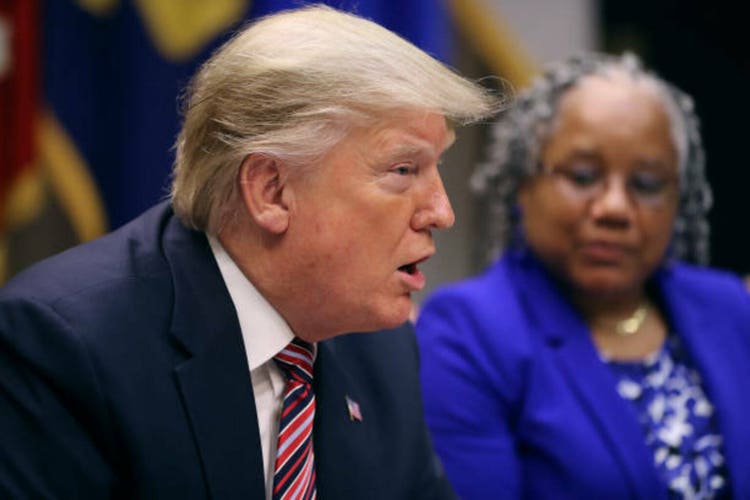
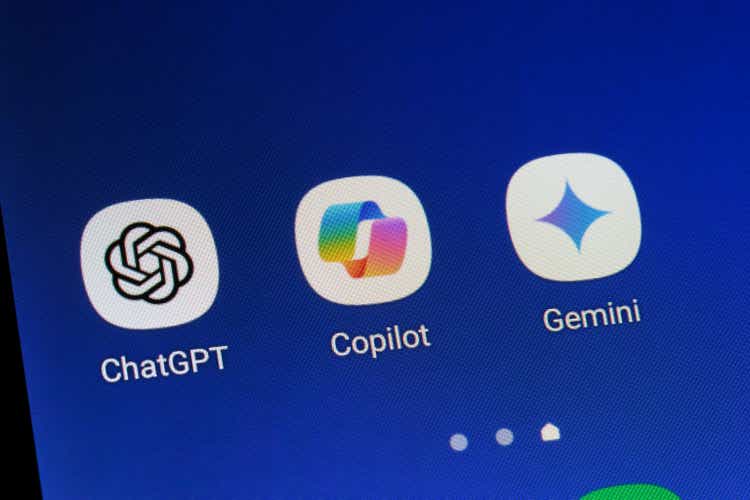
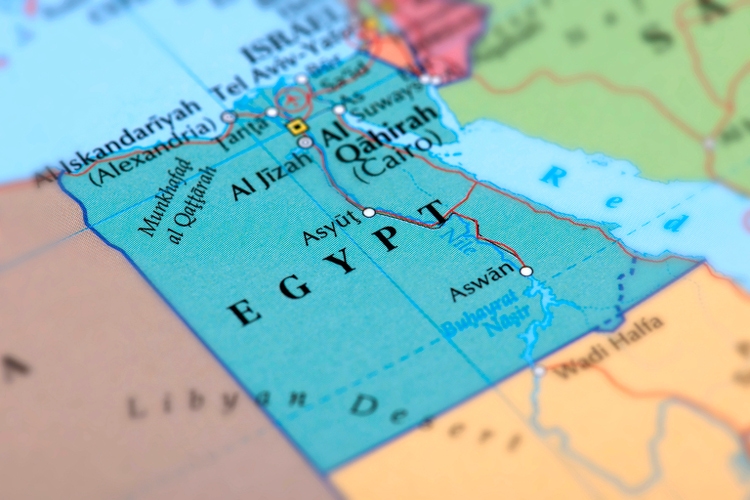








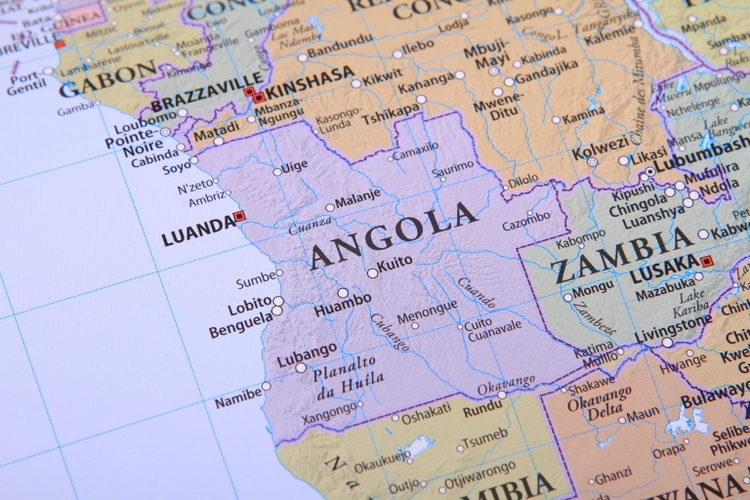
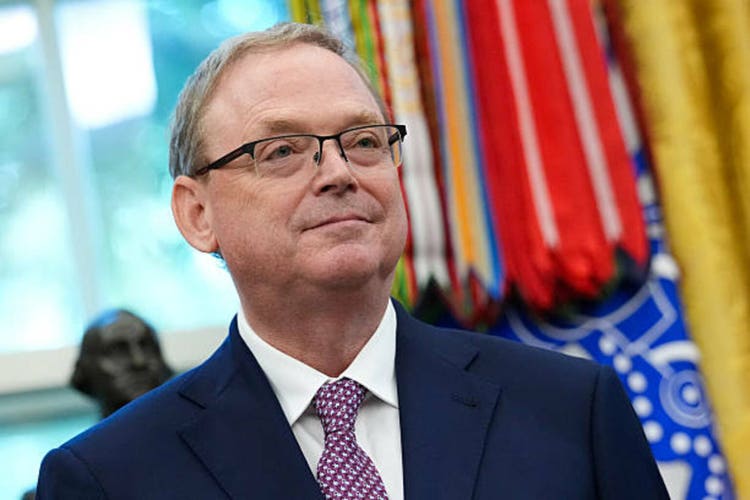

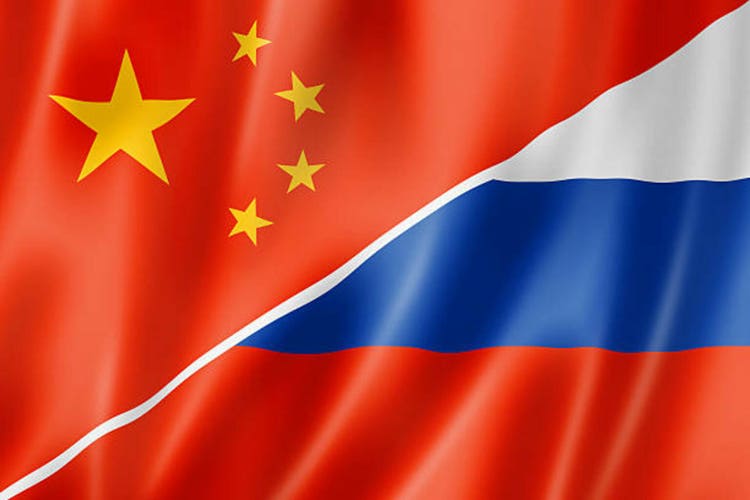




 English (US) ·
English (US) ·